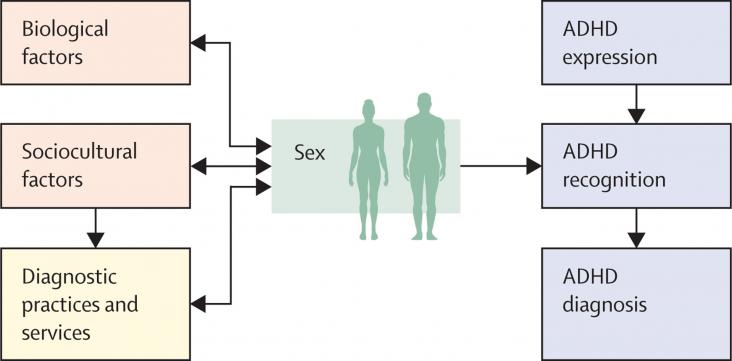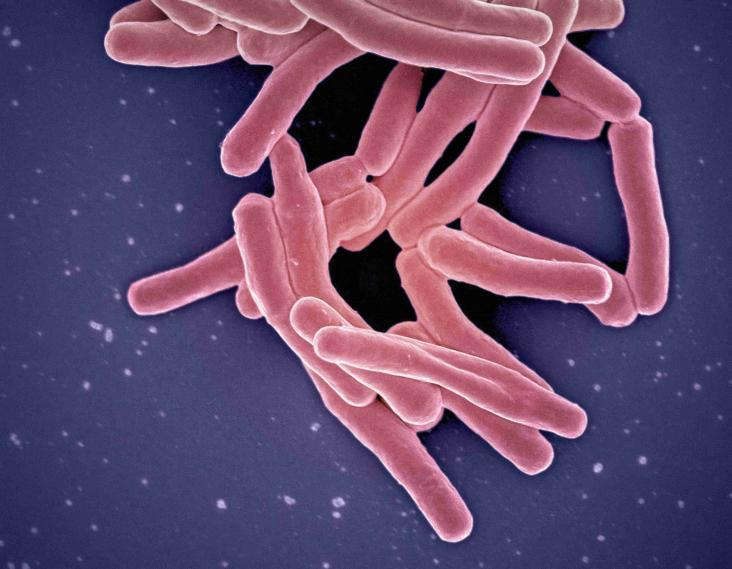
World Neglected Tropical Diseases Day 2025: A Catalyst for Global Health and Sustainable Development
Right to abortion and access to care support SDG 3.
This Viewpoint supports SDGs 3 and 10 by examining how structural ableism denies disabled people equitable access to health care, and discussing the principles by which it could be reduced.
Elsevier,
Kidney International Reports, 2024, ISSN 2468-0249, https://doi.org/10.1016/j.ekir.2024.02.014
Hemodialysis (HD) units require large quantities of water. To reduce water consumption without compromising the adequacy and safety of dialysis, we studied a novel HD prescription with high temperature and low flow dialysate.
The solvents used during the production of heparin cause air and water pollution. One of the steps to achieve sustainable kidney care is to find a green alternative to heparin.
The Planetary Health Diet Index (PHDI) is a novel measure adapted to quantify alignment with the dietary evidence presented by the EAT-Lancet Commission on Food, Planet, Health. This review aimed to examine how population-level health and sustainability of diet as measured by the PHDI changed from 2003 to 2018, and to assess how PHDI correlated with inadequacy for nutrients of public health concern (iron, calcium, potassium, and fiber) in the United States. Although there have been positive changes over the past 20 years, there is substantial room for improving the health and sustainability of the United States diet. Shifting diets toward EAT-Lancet recommendations would improve nutrient adequacy for iron, fiber, and potassium. Policy action is needed to support healthier, more sustainable diets in the United States and globally.

This Viewpoint looks at the reasons that females tend to be less likely to be diagnosed with ADHD, are diagnosed later in life, and are less likely to be prescribed medication. It considers potential biological factors including genetic factors, the influence of diagnostic factors such as diagnostic overshadowing, and sociocultural explanations including sex differences in presentation and compensatory behaviour.
The latest global prison trends from Penal Reform International suggest that approximately 740 000 women are in prison and that the number is rising in most regions. Neither the UN 2030 Agenda for Sustainable Development7 nor the UN definition of vulnerability make explicit reference to human rights of people deprived of their liberty.



